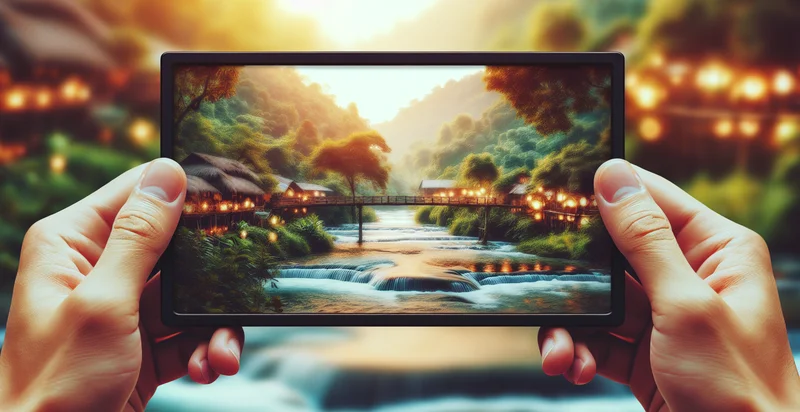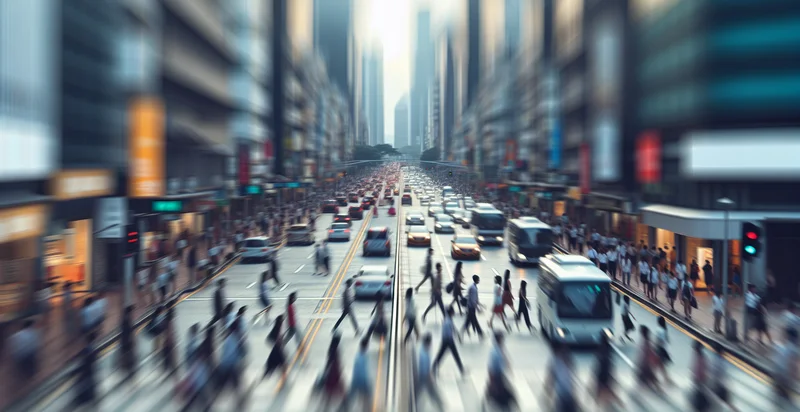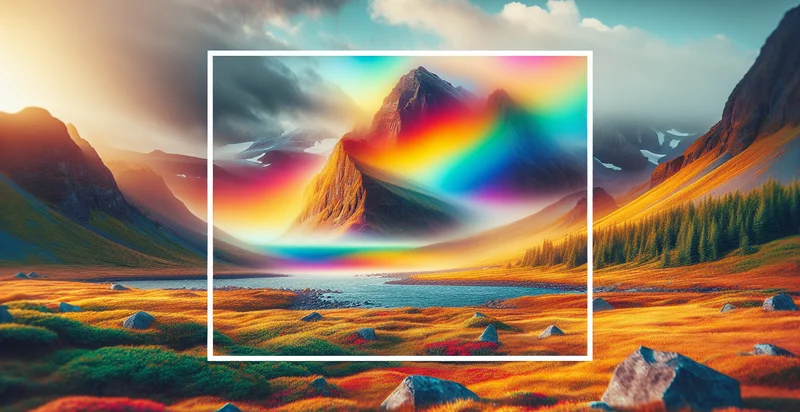Identify photo background blur
using AI
Below is a free classifier to identify photo background blur. Just upload your image, and our AI will predict the type of background blur present in your photo - in just seconds.


Contact us for API access
Or, use Nyckel to build highly-accurate custom classifiers in just minutes. No PhD required.
Get started
import nyckel
credentials = nyckel.Credentials("YOUR_CLIENT_ID", "YOUR_CLIENT_SECRET")
nyckel.invoke("photo-background-blur", "your_image_url", credentials)
fetch('https://www.nyckel.com/v1/functions/photo-background-blur/invoke', {
method: 'POST',
headers: {
'Authorization': 'Bearer ' + 'YOUR_BEARER_TOKEN',
'Content-Type': 'application/json',
},
body: JSON.stringify(
{"data": "your_image_url"}
)
})
.then(response => response.json())
.then(data => console.log(data));
curl -X POST \
-H "Content-Type: application/json" \
-H "Authorization: Bearer YOUR_BEARER_TOKEN" \
-d '{"data": "your_image_url"}' \
https://www.nyckel.com/v1/functions/photo-background-blur/invoke
How this classifier works
To start, upload your image. Our AI tool will then predict the type of background blur present in your photo.
This pretrained image model uses a Nyckel-created dataset and has 9 labels, including Background Only, Deep Focus, Foreground Sharp, Gradual Blur, Heavy Blur, Intentional Bokeh, No Blur, Partial Blur and Soft Blur.
We'll also show a confidence score (the higher the number, the more confident the AI model is around the type of background blur present in your photo).
Whether you're just curious or building photo background blur detection into your application, we hope our classifier proves helpful.
Related Classifiers
Need to identify photo background blur at scale?
Get API or Zapier access to this classifier for free. It's perfect for:
- Content Moderation: In social media platforms, the photo background blur identifier can be used to flag images that improperly blur backgrounds for aesthetic purposes, potentially violating community guidelines. This can help ensure user-uploaded content adheres to site standards, enhancing overall content quality.
- Photography Review Software: Photography platforms can integrate this function to assess whether submitted images have incorrect background blurring. By identifying these images, the software can provide critiques and suggestions to photographers for improving the quality of their work.
- E-Commerce Image Verification: E-commerce sites can use this identifier to ensure product images are presented authentically without misleading blur effects in backgrounds. This feature promotes user trust and enhances product presentation, leading to better sales conversion rates.
- Online Ad Compliance: Digital advertising platforms can employ the photo background blur identifier to ensure that ad images meet specific visual standards and regulations. It helps maintain consistency and quality in advertising content, aligning with brand guidelines and legal requirements.
- AI Art Generation Monitoring: AI art generation tools can use this function to evaluate the visual integrity of generated images. By identifying false background blurs, developers can enhance the algorithms, ensuring that generated art maintains a professional appearance.
- Visual Search Enhancement: Image search engines can use the identifier to filter out images with unwanted background blurs, improving the accuracy and relevance of search results. This leads to a more effective visual search experience for users looking for specific content quality.
- Social Networking Filters: Social networking apps can integrate this identifier to ensure that users are not misusing background blur effects in their images. By doing so, these platforms can maintain a high-quality visual environment, encouraging genuine interactions and content sharing among users.


